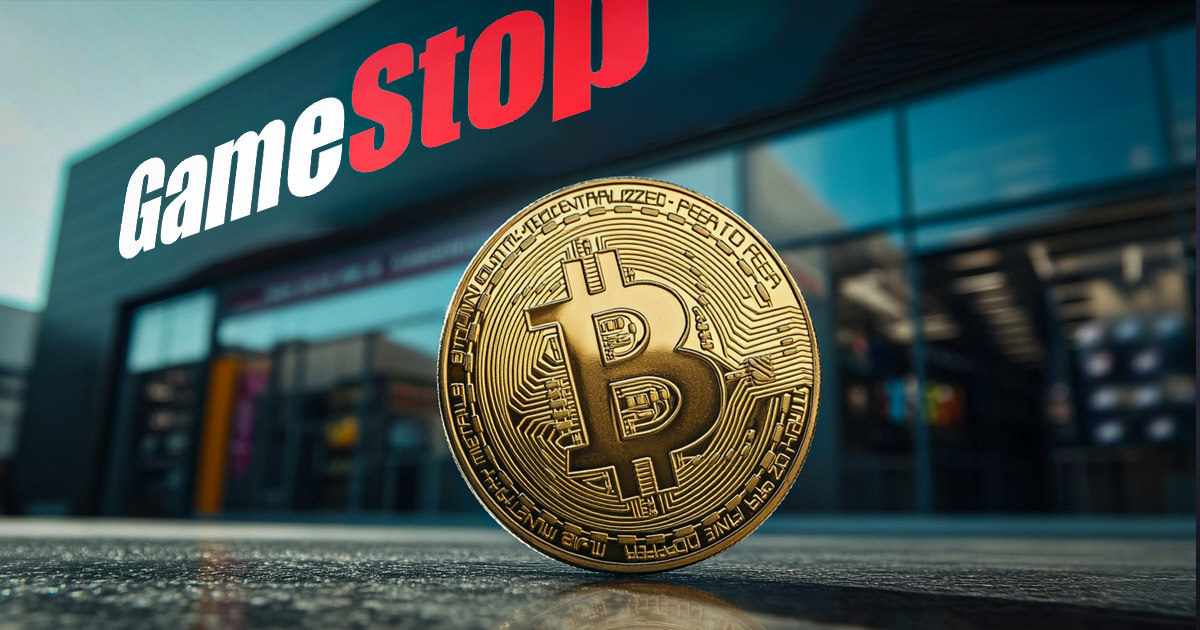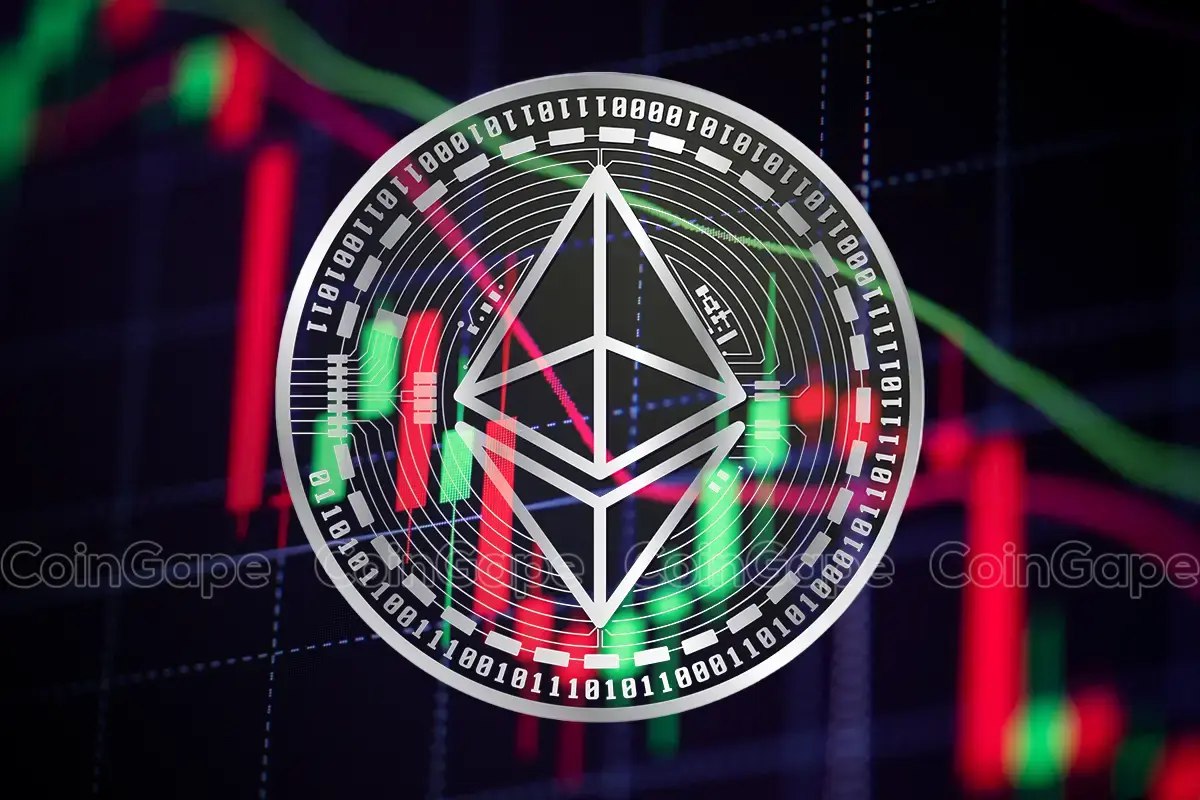Exploring the Future of Token Trading: Bridgeless Chain Transfers
The world of decentralized finance (DeFi) and blockchain technology is ever-evolving, with new innovations emerging to make transactions faster, more efficient, and more accessible. One such development is the concept of bridgeless chain transfers, which allows users to trade tokens across different blockchain networks without the need for intermediary bridges or wrappers. Let’s delve deeper into this intriguing topic.
Understanding Bridgeless Chain Transfers
Bridgeless chain transfers refer to the direct transfer of tokens from one blockchain to another, eliminating the need for intermediary solutions like bridges or wrappers. This is achieved through the use of cross-chain communication protocols, which enable the two blockchains to interact and exchange information seamlessly.
Benefits of Bridgeless Chain Transfers
There are several advantages to bridgeless chain transfers:
- Faster Transactions: Bridgeless chain transfers can result in significantly faster transactions as they eliminate the need for intermediaries and the associated waiting times.
- Lower Fees: Since there is no need for intermediaries or additional steps, the fees for bridgeless chain transfers are typically lower than those for transactions involving bridges or wrappers.
- Improved Security: By eliminating the need for intermediaries, bridgeless chain transfers can potentially reduce the risk of hacks or exploits that have been associated with some bridge solutions in the past.
Impact on Individual Users
For individual users, the adoption of bridgeless chain transfers could lead to a more seamless and efficient experience when trading tokens across different blockchain networks. This could result in faster transactions, lower fees, and improved security, making DeFi and blockchain technology more accessible and appealing to a wider audience.
Impact on the World
At a broader level, the widespread adoption of bridgeless chain transfers could have several implications:
- Interoperability: Bridgeless chain transfers could help to increase interoperability between different blockchain networks, enabling users to easily move assets and value between them.
- Decentralization: By reducing the reliance on intermediaries and centralized solutions, bridgeless chain transfers could contribute to a more decentralized and trustless financial system.
- Innovation: The development of bridgeless chain transfer technologies could spur innovation in the blockchain and DeFi space, leading to new applications and use cases.
Conclusion
Bridgeless chain transfers represent an exciting development in the world of decentralized finance and blockchain technology. By enabling direct token transfers between different blockchain networks, these technologies offer faster transactions, lower fees, and improved security. For individual users, this could lead to a more seamless and efficient experience when trading tokens. At a broader level, the adoption of bridgeless chain transfers could contribute to increased interoperability, decentralization, and innovation in the blockchain and DeFi space.
As we continue to explore the potential of bridgeless chain transfers, it’s an exciting time to be a part of the blockchain and DeFi community.





